Help with dry peat moss!!
Jessica Frost-Ballas
13 years ago
Featured Answer
Sort by:Oldest
Comments (15)
mandolls
13 years agomandolls
13 years agoRelated Professionals
Ashburn Landscape Architects & Landscape Designers · Fillmore Landscape Architects & Landscape Designers · Folsom Landscape Architects & Landscape Designers · Sahuarita Landscape Architects & Landscape Designers · Bedford Heights Landscape Contractors · Desert Hot Springs Landscape Contractors · Fort Myers Landscape Contractors · Fuquay-Varina Landscape Contractors · Lakeville Landscape Contractors · Lemoore Landscape Contractors · Marlborough Landscape Contractors · Mastic Beach Landscape Contractors · Palm Beach Gardens Landscape Contractors · Canton Driveway Installation & Maintenance · Mount Vernon Driveway Installation & Maintenancedigdirt2
13 years agokr222
13 years agojimster
13 years agoClemCirelli
10 years agonc_crn
10 years agoHU-469456
10 years agoseysonn
10 years agoDonna
10 years agoBoukmn
10 years agoterrene
10 years agoarwen2
10 years agoseysonn
10 years ago
Related Stories
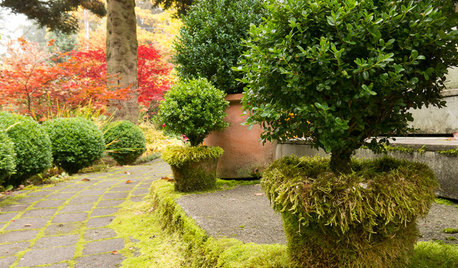
LANDSCAPE DESIGNEvoke Mystery and History With Moss in the Garden
Go ahead, lie about age. Moss on garden statues, planters and pavers creates the beautifully deceptive look of time’s passing
Full Story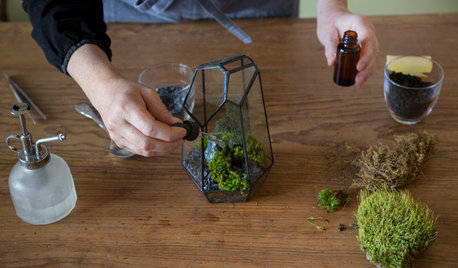
DIY PROJECTSHouzz DIY: Make a Mini Moss Sanctuary
This easy-to-assemble terrarium brings the joy of moss to your tabletop or shelf
Full Story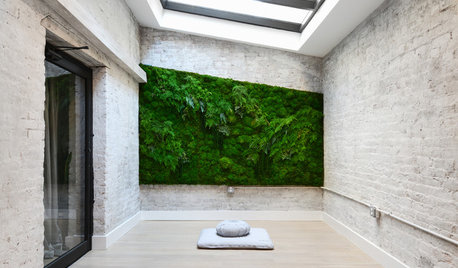
GREEN BUILDINGWorld of Design: The Joy of Moss and Its Modern Uses
This great design plant is 400 million years in the making. See how it’s inspiring art, soothing spaces and building design
Full Story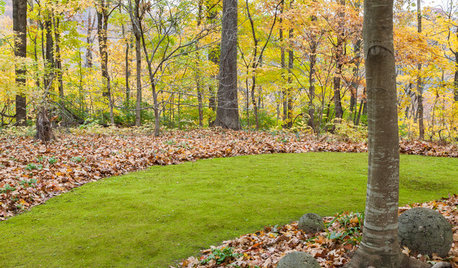
LANDSCAPE DESIGNMoss: Nature’s Carpet for the Garden
Learn how to grow and use this ancient and mysterious natural wonder for delightful texture in the landscape
Full Story
HOUSEPLANTSBaby Tears Mimics Moss for a Green Accent Indoors
This adaptable spreader thrives in water or soil, making it a terrific addition to containers and living walls
Full Story
VACATION HOMESHouzz Tour: Moss-Covered Lakeside Cottage Now a Modern Marvel
A 1949 Michigan weekend cottage with a sunken roof gets a makeover that stays true to the house's humble roots
Full Story
EARTH DAYHow to Help Your Town’s Beneficial Birds and Bugs
Make a habitat using local materials to provide a home to the creatures that help our gardens
Full Story
LANDSCAPE DESIGNDitch the Ordinary Ditch: Create a Realistic Dry Creek Bed
Here’s how to turn your water runoff system into an eye-catching accent for your landscape
Full Story
GARDENING GUIDESGardening Solutions for Dry, Sandy Soils
Has your desert or beachy site withered your gardening creativity? Try these ideas for a beautiful, easy-care landscape
Full Story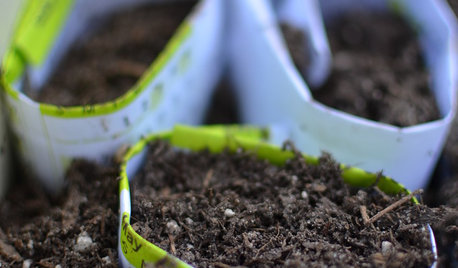
GARDENING GUIDESTexas Gardener's August Garden Checklist
Here's how to help your garden thrive from the hot, dry month of August through fall
Full Story






rhizo_1 (North AL) zone 7